Ever since Koei Tecmo’s “Warrior” franchise crossed over with The Legend of Zelda in 2014’s Hyrule Warriors, the series rose to prominence. While it was not the first time that Musou games crossed over with another IP, Hyrule Warriors made the franchise more popular, at least in the Nintendo community. Since then, Fire Emblem and Persona 5 also joined the fray. Though, Persona 5 Strikers and FEW: Three Hopes in particular took more inspiration from their original games, rather than the old hack-and-slash franchise. As a fan of the recent Musou crossovers, I was interested in what the actual Warriors series was like. Combined with my interest in Japanese culture, I was willing to dive right into Samurai Warriors 5. Let’s check out why you should respect your elders.
Story
Samurai Warriors 5 is technically not the original Musou series though. The original Dynasty Warriors games take place in China during the Three Kingdoms period. Its first spin-off, Samurai Warriors, takes place in Japan during the Sengoku period. In order to understand Samurai Warriors V, you don’t need to have played any prior game in the series, nor do you need to have knowledge about Japanese history in order to understand the story. In fact, knowing about its historical inspiration might spoil a big plot twist for you.
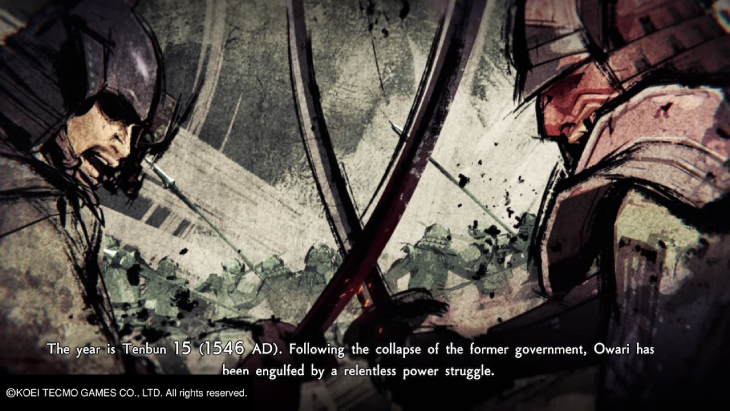
Japan is a cruel and chaotic place during the Sengoku era. Many minor and major lords each govern their own region and all dream of unifying Japan under their banner. One such lord is called Nobunaga Oda, ruler of Owari. He dreams of bringing Japan together, to usher in a new era of peace for his country, which he will attempt through military force. However, every story has a flip side, as the game also tells the tale of Akechi Mitsuhide, a samurai who lost his home and ends up serving under different lords. Throughout his journey, he ends up fighting both for and against Nobunaga.
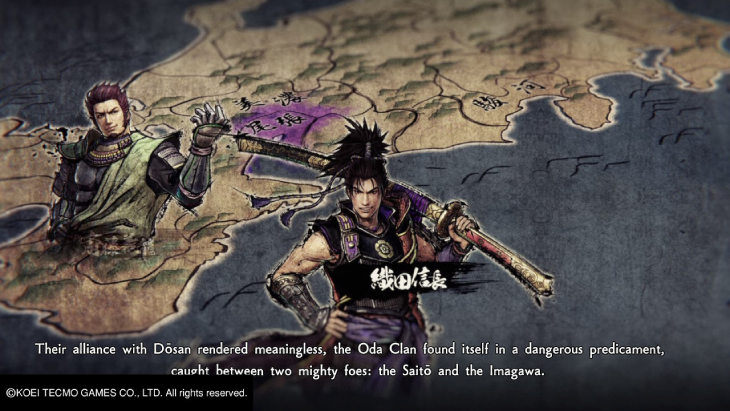
Now, I’m no historian, but as far as I’ve seen the story is historically accurate and safe for the general anime-fication that fits the Musou genre. So if you’re interested in Japanese history, give this game a shot! One thing I personally missed is a timescale. There are very few references to how long it’s been since Nobunaga’s first conquests, and I thought that it took place over the span of a few days while it actually took decades. Having frequent reminders what year it is would’ve greatly helped some plot points to give them more impact. To conclude this segment, I’ve found both protagonists quite likable, so you’ll enjoy both of their stories.
Gameplay
Samurai Warriors 5 doesn’t stray far from the Musou formula. It’s still all about those 1 vs 1000 battles the series is known for while playing as an all-star cast of characters. From capturing outposts to battling enemy commanders, it retains all the features the series is known for. The game stays true to its roots but has a lot of the same flaws as a result.
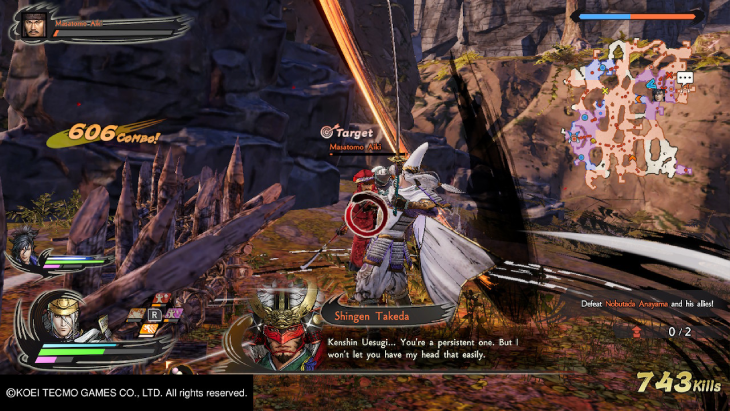
Combat
The controls will feel familiar to any player who has played a game like this before. You have light attacks that you can chain in Power Attacks (i.e. heavy attacks), a Musou gauge you can fill up to perform a powerful attack, and a Rage mode (i.e. awakening) to clear the room. Clearly, this is normal Warriors gameplay. New to Samurai Warriors 5 are Hyper attacks. Normally, you’d string light attacks into heavy attacks, but Hyper attacks work in reverse. These allow you to move a long distance, making your character even more mobile than ever.
You can also equip up to four Ultimate skills, which are basically special attacks or buffs that function on a cooldown, adding more potential when building your character and fighting foes. However, each character’s roster of Ultimate skills feels very similar. Though you can mix and match Ultimate skills from different weapons, even if most of them only do damage.
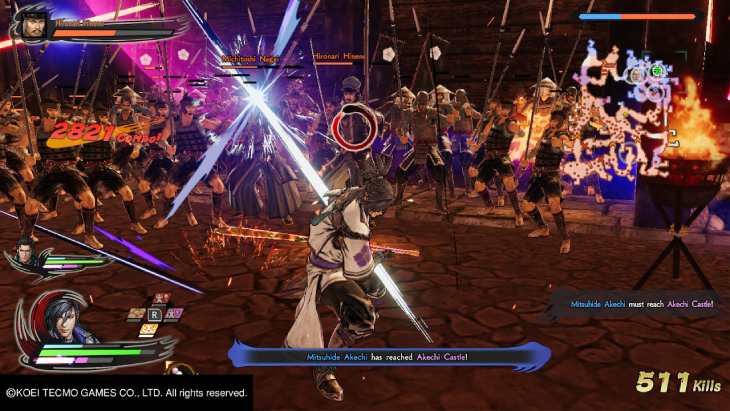
Lastly, your Rage mode is incredibly slow to charge, but increases its recharge rate with a high combo count, encouraging you to keep it up. Focusing on getting that combo as high as possible made slashing hordes even more of a blast. Overall, the base combat mechanics felt great to use. Hyper attacks give you plenty of mobility, and Ultimate skills, despite a lack of variety, keep fights engaging. There are a few problems, however. The camera can get messed up when fighting against a wall, and combat on horseback doesn’t feel effective or satisfying to use beyond mobility. Lastly, the Warriors series is infamous for being repetitive. So while the fights feel great, it’s not a game you can binge for hours on end.
Roster
As expected, Samurai Warriors 5 gives you an all star roster of Japanese war heroes to fight with, each with their own story and character design. Luckily, most of them are unlocked through the story mode. I’m a person who likes to switch up their characters. However, this game does not want that, as it’s difficult to keep everyone geared up with limited resources. This is not even necessary, because there are very few things that make characters unique gameplay wise.
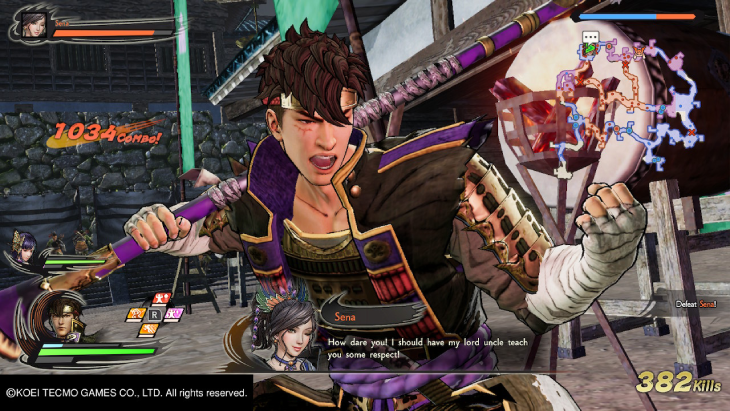
Everyone can use any weapon, so the only difference between characters is their looks, and some exclusive combos. It’s just a matter of picking your favorites. Though it would’ve been nice to give each character some quirk to make them stand out, like many of the spin-offs have done. Games like Age Of Calamity gave characters each a signature power, a feature I’d have loved to see in the main game. At the bare minimum some unique Ultimate Attacks would’ve been nice. The game would feel a lot less repetitive.
Musou Mode
This is the game mode that you’ll experience the most, as this is the story mode that tells the tale of Nobunaga Oda and Mitsuhide Akechi. You’ll start with Nobunaga’s Path, showing his rise to power and his conquering of Central Japan. After a few chapters, you unlock Mitsuhide’s path, telling his side of the story. Every chapter allows you to play as a limited set of characters, though you’re free to use whoever after beating it once. The story mode is a great time, but it could’ve been paced better. Every level starts with exposition, then the main characters do some talking. After, you select your characters, and they talk again. Finally, you can set out for battle. It really doesn’t help the repetitive nature of the game, especially because you’ll have to play certain stages twice, both as Nobunaga and Mitsuhide.
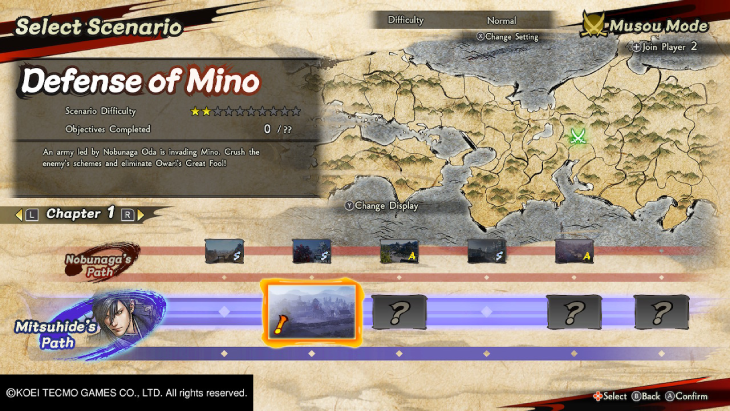
Side content
Completing certain objectives in missions unlock some extra, optional levels in Musou mode, giving you extra context to whatever’s happening. There’s even an optional extra chapter after beating the game, called the Reverie chapter. These levels completely throw historical accuracy out the window to present some fictional, extra stories.
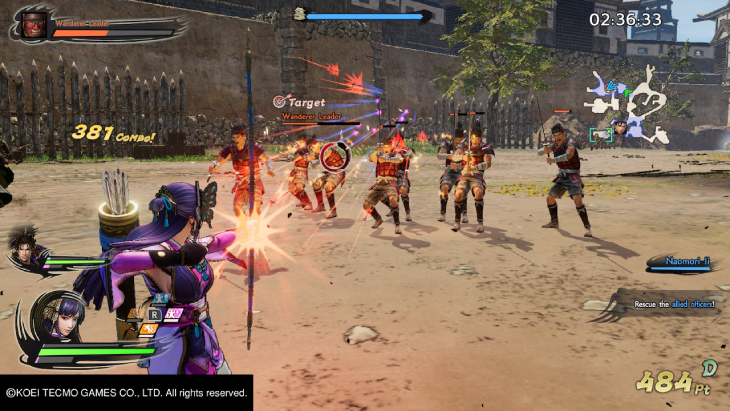
The biggest extra mode is Citadel Mode, which has you defending your castle against an onslaught of troops. These do have a good incentive. First and foremost, they give resources to upgrade the facilities like the blacksmith, dojo, etc. Lastly, having characters fight alongside each other increases their affinity, allowing you to check out special cutscenes between them.
Presentation
Not only does this game do Japanese history justice in its story and characters, but its visuals and music elevate it even beyond. When it comes to looks, the game resembles a Japanese painting, down to even the brushstrokes. The art style is absolutely beautiful to look at, especially the character art and the menu’s UI. The music doesn’t disappoint either. I especially adore the main menu theme, which always gets me pumped up for action. The same goes for the pre-battle preparation theme as well. Performance-wise, this game runs as smooth as butter, and I never noticed issues.
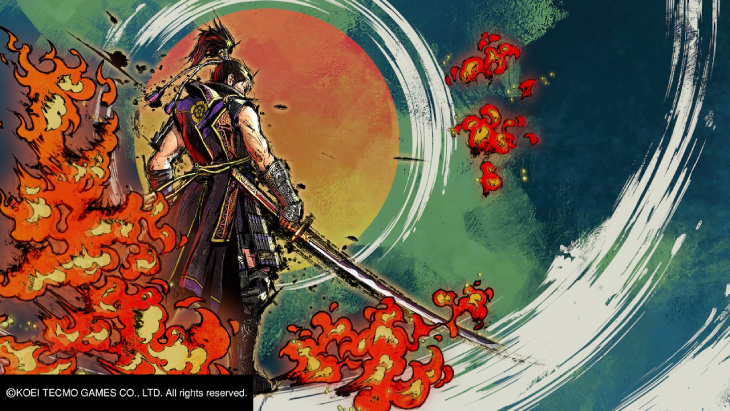
Conclusion
The legacy of the Warriors franchise stays strong with this recent entry. Samurai Warriors 5 adapts Japanese history beautifully, making for a great story. The base combat mechanics feel incredibly satisfying to use, which makes mowing down legions of samurai and ninja incredibly satisfying. Unfortunately, as per tradition for the Musou genre, its biggest problem is its repetitiveness. Despite its great presentation, gameplay and story, just mowing down troops gets boring after a while. Despite that, I feel like the series has potential to grow in the future. Even then, Samurai Warriors 5 is still a great game to pick up, whether you’re a Warriors fan or a history geek.
Samurai Warriors 5 gets an 8/10.

